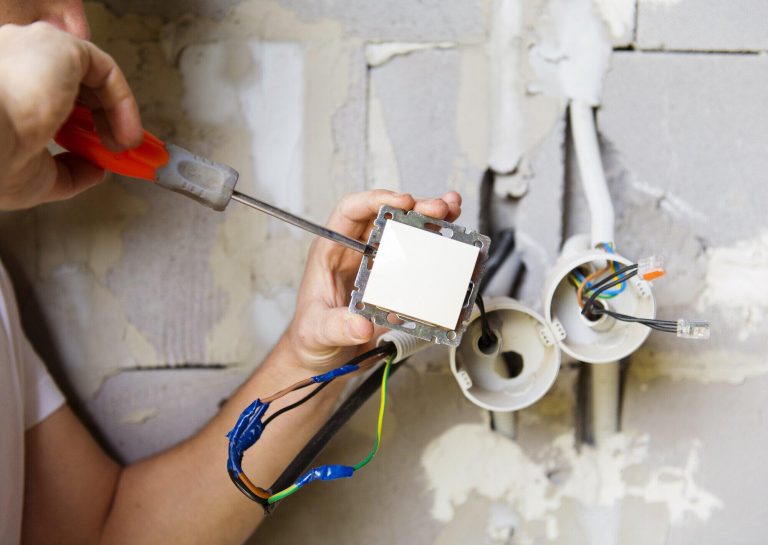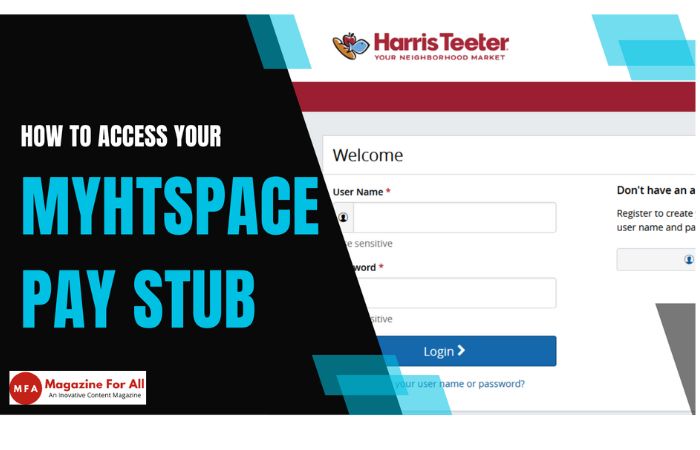Crypto assets have reshaped the traditional financial market due to decentralization, transparency, and cross-border payments. Understanding on ramp crypto and off ramp is essential for those who plan to join the cryptocurrency market and buy their first digital asset.
Large centralized crypto exchanges (CEXs), such as WhiteBIT Institutional, support both on- and off-ramp services for their clients. This article explains crypto on- and off-ramps and how they work.
Table of Contents
Crypto On Ramp
On ramp services are crypto exchanges that allow buying crypto assets with fiat currencies. These platforms bridge the gap between traditional fiat currencies and digital assets, allowing for transactions between these two different economic paradigms. Here is how the crypto on-ramps method works on a CEX:
- A user registers on a crypto exchange and passes KYC verification (provide ID and other documents)
- The user links the bank card to their crypto exchange account, through which they can move fiat money to the exchange account.
- The user deposits fiat to their account.
- The user specifies the crypto asset one wants to buy with fiat money and makes a payment.
It may take some time for crypto to arrive, depending on a chosen service. There is no need to pass KYC every time the user exchanges fiat-to-crypto. This example describes the case of using a centralized crypto exchange (CEX). Other on-ramp types include:
- p2p platforms;
- payment processors;
- crypto ATMs.
Crypto Off Ramp
The off-ramp is a service that allows converting digital asses into fiat. That’s the opposite direction to the on-ramp. Using the off-ramp method, individuals can efficiently cash out their crypto profits. Here is a crypto off-ramps method through a CEX step-by-step:
- A user places a sell order and specifies the pair (sell crypto and buy fiat)
- The user enters the card details, IBAN, and a beneficiary address
- Then, the user sends digital assets to the designated wallet address
- After crypto is delivered, the user receives fiat currency at the specified withdrawal method.
The process is completed when the user gets fiat in their bank card.
Other off-ramp methods include:
- p2p platforms;
- crypto debit cards;
- crypto ATMs;
- payment processors.
On-ramps are essential for those looking to enter the world of cryptocurrencies. These serve as the gateway for users to convert traditional fiat into various virtual coins. On the other hand, off-ramps facilitate the easy and seamless conversion of digital assets back into fiat currencies. Both on-ramps and off-ramps enable individuals to engage in crypto-related transactions.
Navigating the On-Ramps and Off-Ramps: Tips for Users
- Research: Before using any on-ramp or off-ramp service, research its fees, security measures, and regulatory compliance.
- Diversify: Utilize multiple on-ramps and off-ramps to mitigate risks and take advantage of different features and benefits.
- Stay Informed: Regulatory environments and service offerings in the crypto space are constantly evolving. Stay updated on changes that may affect your ability to use these services.
The Future of On-Ramps and Off-Ramps
As the cryptocurrency market matures, we can expect on-ramps and off-ramps to become more integrated with traditional financial systems, offering greater ease of use, improved security, and more regulatory clarity. Innovations like decentralized finance (DeFi) platforms and stablecoins are already expanding the possibilities for on-ramps and off-ramps, hinting at a future where moving between fiat and crypto is seamless and intuitive.
Conclusion
On-ramps and off-ramps are foundational components of the cryptocurrency ecosystem, facilitating the flow of value between the traditional financial world and the digital currency space. By understanding and effectively utilizing these entry and exit points, users can navigate the crypto landscape more confidently and unlock the full potential of their digital assets.











































































